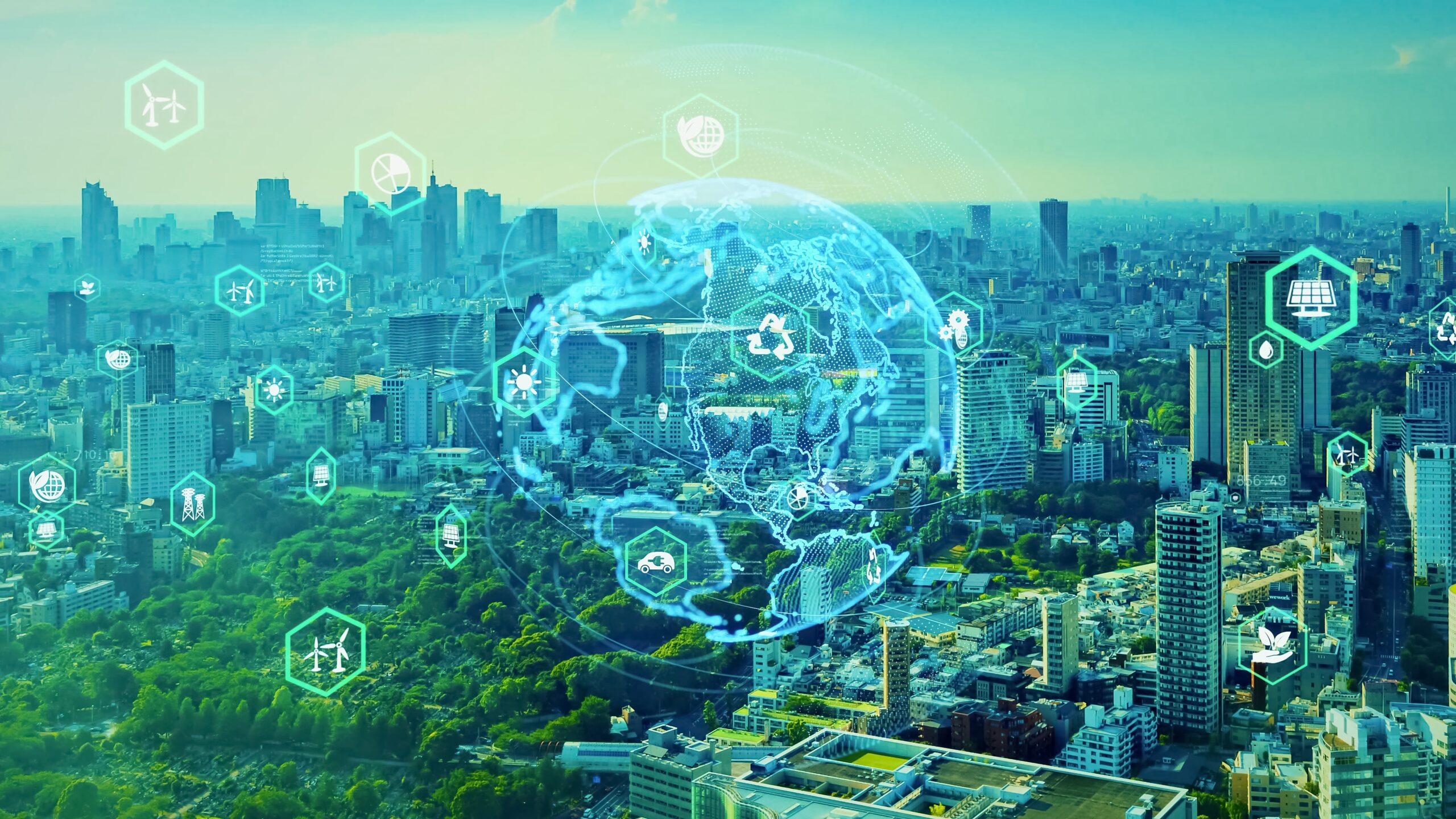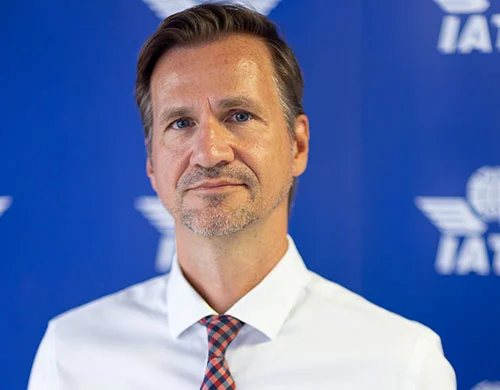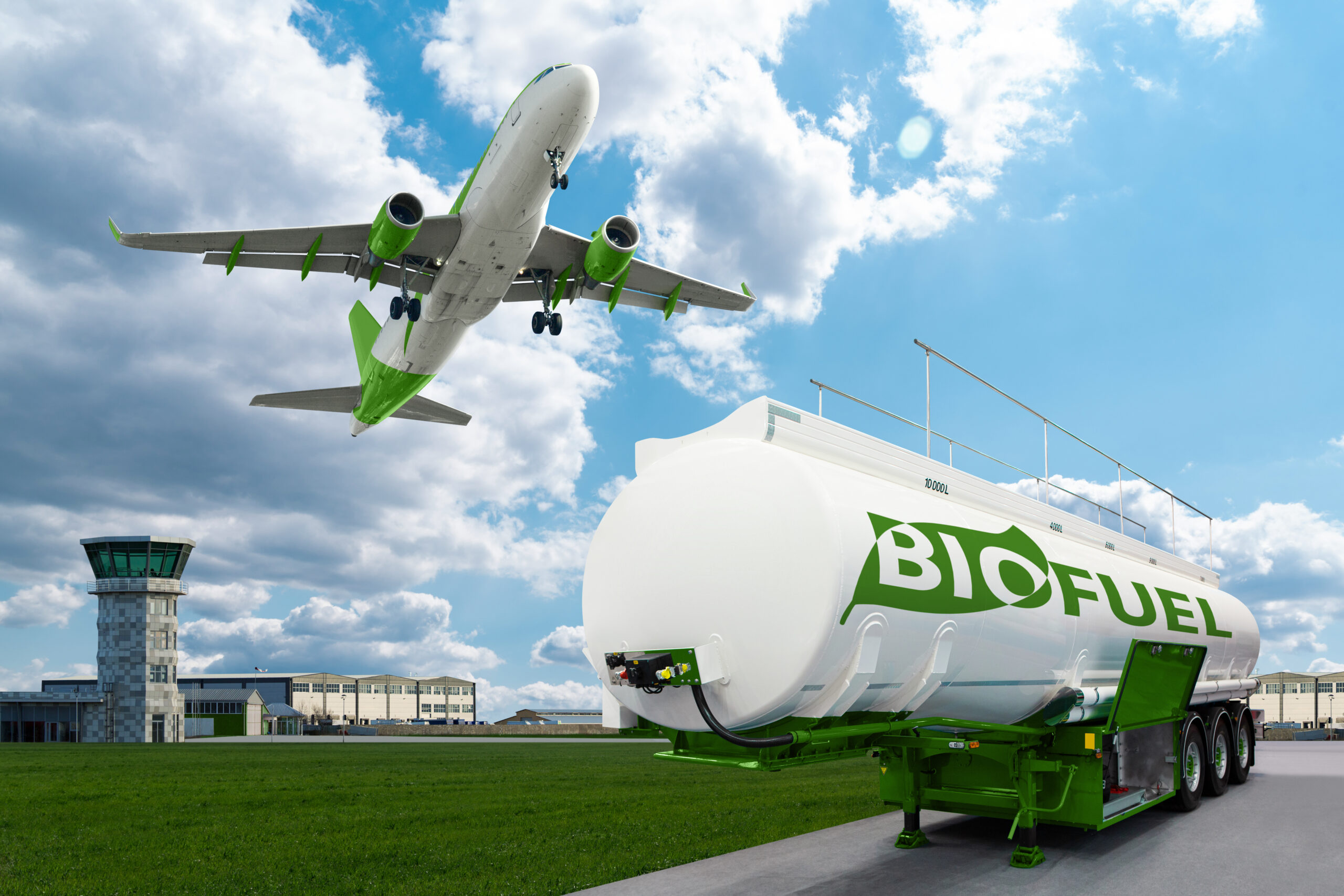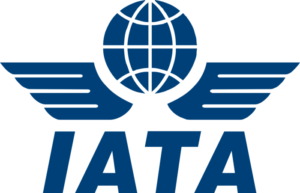Climate change is not round the corner, it is here already. The Nobel Prize winning Intergovernmental Panel on Climate Change (IPCC) has stated that aviation contributes to around 3 per cent of man-made carbon dioxide emissions. Though there is no concrete evidence, it is also possible that non-CO2 emissions by aircrafts at high altitudes too may have climatic impacts. While ‘carbon offsetting’ has been part of popular parlance of late, measurements and mitigatory methods were various and non-transparent, denting passenger confidence. For the first time, IATA has come out with a CO2 Calculation Methodology using verified airline operational data.
In this exclusive interview to AirlinePros newsletter AirWaves, Michael Schneider, Assistant Director Aviation Environment – IATA, Carbon Offset and Carbon Market Expert, tells us more about the development, how it is better than any so far, the possible impediments to its acceptance by individual passengers, and how it is a milestone in the history of aviation itself.
1) Congratulations on the first ever industry-led and owned, standardized calculation methodology on CO2 emissions – indeed the need of the hour. This will go a long way in achieving net-zero by 2050. Then, is this going to add to the cost of flying?
It is likely that there will be a cost implication, but we can’t be sure because of different factors. At the moment, the technology needed to reach Net Zero is very expensive, but this could come down in the future as usage increases and if governments provide support and incentives towards the Net Zero transition.
2) Ultimately, it is up to the passenger to adopt it and put it to good use. Expect any resistance in this regard? How will you address it?
The methodology is freely available to anyone who wants to understand the CO2 impact of taking a flight. Passengers can certainly access and use the methodology if they wish, however, the methodology is more geared towards Online Travel Agents, Travel Management Companies, flight search engines and other travel providers. These parties have a keen interest to provide reliable and accurate CO2 information to individual passengers or companies using their flight search functionality or booking tools. The particular interest for those parties is to have access to a standardized and harmonized approach that makes CO2 results comparable between airlines and different providers of CO2 information. Being recognized as a standard setting organization for aviation, IATA was in the unique position to develop the methodology together with airlines, aircraft manufacturers and other aviation stakeholders by applying best practices for the calculation of CO2 emissions, and by considering newer concepts such as Sustainable Aviation Fuels (SAF) and carbon offsets.

3) IATA has signed up to the goals of the Paris Climate Accord as well as those of the European Union. However, you do not consider that massive emission reduction also involves a reduction in operation. In fact, quite the opposite. Where do the twains meet?
The industry plan shows that increasing air connectivity sustainably is realistic in a generation: We believe that there will be demand for 10 billion passenger journeys in 2050. Much of this growth will be with passengers who have never had the opportunity to fly before.
We owe it to this next generation of flyers to push for Net Zero so that industry, governments and society can create a world where barriers to travel are removed, and aviation can help foster growth, prosperity, and social and economic development.
Flying is not the enemy. Carbon is. If aviation is sustainable then there should be no barriers to people’s desire to fly and explore the world. Much of the growth in passenger numbers will be coming in markets where the ability to fly will become affordable for many people for the first time. This is something we welcome. We do not believe that the benefits of flight should be available only to those who are rich, or from rich countries.
4) The new methodology will definitely help taking a call on flying sustainably – whether it be from the side of travel agents, corporate travel managers or travelers themselves. Having said that, what are the options available today to do so? Besides an Airbus recently flying on recycled cooking oil, commercial SAF production and flying is still a long way from now.
At the 77th IATA Annual General Meeting IATA member airlines passed a resolution committing them to achieving Net Zero carbon emissions from their operations by 2050. This pledge brings air transport in line with the objectives of the Paris agreement to limit global warming to 1.5°C.

The success of this huge challenge will require the coordinated efforts of the entire industry (airlines, airports, air navigation service providers, manufacturers) as well as significant government support. The industry must progressively reduce its emissions while accommodating growing demand. To be able to serve the needs of the 10 billion people expected to fly in 2050, at least 1.8 gigatons of carbon must be abated in that year. Moreover, the Net Zero commitment implies that a cumulative total of 21.2 gigatons of carbon will be abated between now and 2050. To reach our ambitious climate goal, the aviation industry has unveiled a raft of initiatives, from major purchases of SAF and investments to grow the supply, to prototype electric and hydrogen aircraft. Bringing sufficient SAF to market, and making radical new technology a reality, will need a massive effort from all stakeholders in the sector.
- In 2021, 100 million liters of SAF were produced, and every single drop of it has been used by airlines and 38 countries have passed SAF-specific policies so far.
- Some 450,000 flights have operated on SAF to date, while we expect to see around $17 billion in forward purchase agreements from airlines this year as well.
- On the production front, we are also seeing positive signs from the industry with several key players announcing new capacity across the world.
- We have also seen airlines and manufacturers joining forces to develop hydrogen-powered airplanes or technical solutions to make alternative means of propulsion commercially viable. These positive developments highlight the industry’s readiness to forge a path towards Net Zero. But a lot more SAF is needed to achieve our goal. This shows that government and industry support is more critical than ever to increase SAF production and availability which is key to decarbonizing the industry, or investment to support the development of game-changing new propulsion technologies.

5) The methodology uses verified operational information on fuel burn, passenger and cargo weights and other data. Of the various methodologies in use, IATA claims this to be by far the most accurate calculation of CO2 emissions per passenger. So can we safely assume now this is going to be gold standard?
Naturally we aim for biggest possible adoption of the standard, and we are convinced that the combination of a standard methodology together with actual airline performance data by aircraft type makes it unique over other calculators that use theoretical data models or general emission factors.
6) Different offset providers give different pricing to offset the same emissions. IATA itself always had its own carbon offset program offering credits with approved offsets. Now, is this going to be a unifier in the carbon calculation space? Will this be a boost to your own activities in this space?
The standard methodology to calculate CO2 per passenger may be used by providers in conjunction with a carbon offset offering but does not automatically standardize the price per ton for an offset. Offset prices are determined by project quality, accessibility, standard issued, demand, socio-economic co-benefits etc. This is not something the methodology can address or intends to address.
7) Besides formulating methodologies, there are apparently also moves to shift short-haul flights to rail. Is this just an IATA prediction – a consequence of growing awareness of carbon emissions – or are you consciously going to encourage that? Even though the Airports Council International (ACI Europe) doesn’t seem to share the thought.
The aviation industry recognized the need to decarbonize and has had plans in place since 2009. The 2021 Net Zero resolution is a critical milestone on this journey. At the same time, the aviation industry recognizes that alternative means of travel can potentially help reduce emissions and is keen to look at these options as complimentary rather than mutually exclusive. Transportation decarbonization is complex and switching to rail travel for journeys of less than 1,000 km isn’t as straightforward as one might think. Multimodal solutions should be developed, as it is the case in some countries already.
8) The Calculator only puts a figure to the CO2 emissions. What about the non-CO2 emissions which could possibly be as harmful as the carbon dioxide?

GHGs, other than CO2, are not recommended to be applied while scientific uncertainties on the exact impact exist, and until consensus has been reached by the global scientific community in terms of applicable value(s). As this methodology will be updated to reflect recent developments and improved scientific understanding, there is certainly a possibility that RFI impact will be included in the future, using specific values agreed and recommended by the global scientific community. Optionally airlines or other users of the RP have the possibility to include RFI with the value to be clearly displayed.
AirlinePros is an IATA partner for the joint promotion of their financial services for airlines. For more information about the new carbon calculation methodology, please visit the IATA website.
